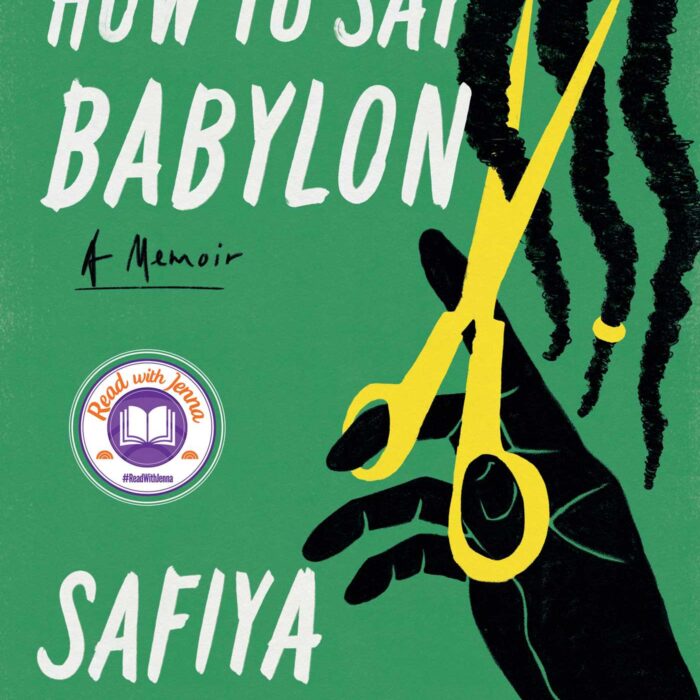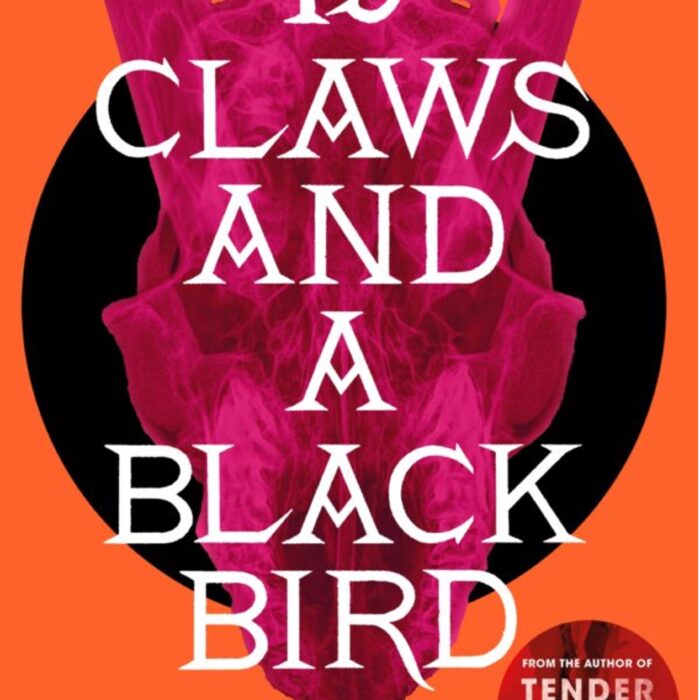You have no items in your cart. Want to get some nice things?
Go shopping
There is a small collection of books that nearly everyone of a certain age has read by virtue of them being on the GCSE English reading list – Of Mice and Men, A View from the Bridge, a token Shakespeare play, Lord of the Flies, 1984, and depending on whether your teacher is a man or a woman, The Great Gatsby or a Virginia Woolf novel.
The upside about these classics is that I can talk about them with friends whom I would never usually have the opportunity to discuss books with. Self-described “non-readers”, they are also excited by these books, lighting up to talk about literature for a few minutes. The downside is that it opens the door for personal embarrassment: my good-for-nothing-but-occasionally-clever-sounding English Literature degree risks being trumped. There are, of course, some GCSE classics I haven’t read, and when these are mentioned in conversation I just adopt a benign smile and nod knowingly. If my degree is going to prove so useless at getting me paid employment, it should at least protect me from moments such as these.
For years I suffered through such excruciation because I hadn’t read To Kill a Mockingbird. I suppose I had nodded knowingly at talk of Harper Lee’s classic so many times that I actually started to believe that I had read it; or maybe I had simply developed an aversion to its perceived simplicity. This week, I finally read it.
Through the eyes of a child the world looks increasingly absurd; prejudice, race, education, class and society are of little significance until you are accustomed to an adult’s way of thinking. Lee explores these themes in the deep south of 1930s America. Scout and Jem Finch’s only parent is their fair and patient father Atticus, a liberal-minded lawyer who takes on the case of Tom Robinson, a black man who has been wrongly accused of murder.
To Kill a Mockingbird has everything you would expect from a classic twentieth-century novel: a well-written plot, emotional resonance, tensions coming to a head, a compelling narrative, a compelling voice exploring the children’s feelings as they mature. Too much has been written on this and I won’t repeat them here. What I felt stayed with me, however, was this one moment that gets at the heart of what Lee is trying to communicate: when Scout’s teacher is talking of Nazi Germany to her students against the backdrop of a fiercely racist community and a trial where a man is condemned for his skin colour. It is a cutting piece of satire:
“That’s the difference between America and Germany. We are a democracy and Germany is a dictatorship. Dictator-ship’, she said. ‘Over here we don’t believe in persecuting anybody. Persecution comes from people who are pre-ju-dice,’ she enunciated carefully. ‘There are no better people in the world that the Jews and why Hitler doesn’t think so is a mystery to me.”
Her inability to see her own hypocrisy is as obvious to Scout as it is to us. This scene is one of the reasons why the book was so successfully adopted at GCSE level. It is a clear message technically and overtly achieved. As well as being a stark reminder of how we should treat others, it is an affirmation that literature is perhaps at its strongest and most potent when it is simple and clear. Just as in Of Mice and Men, it is the shooting of the dog and its parallels with Lenny’s death that sees the novel at its most effective. Maybe the GCSE collection of books still excite nonreaders for these reasons; maybe they like their masterpieces to clearly convey its meanings and messages. As England’s pre-eminent literati discuss the Man Booker Prize in terms of readability vs. literature, it is worth remembering this.
Everyone should read this book as a lesson in humanity, but all aspiring writers should read it as a lesson in reading and writing.
First published in 1960. The 50th anniversary edition published 24 June 2010.
Available in hardback and paperback from Random House.




